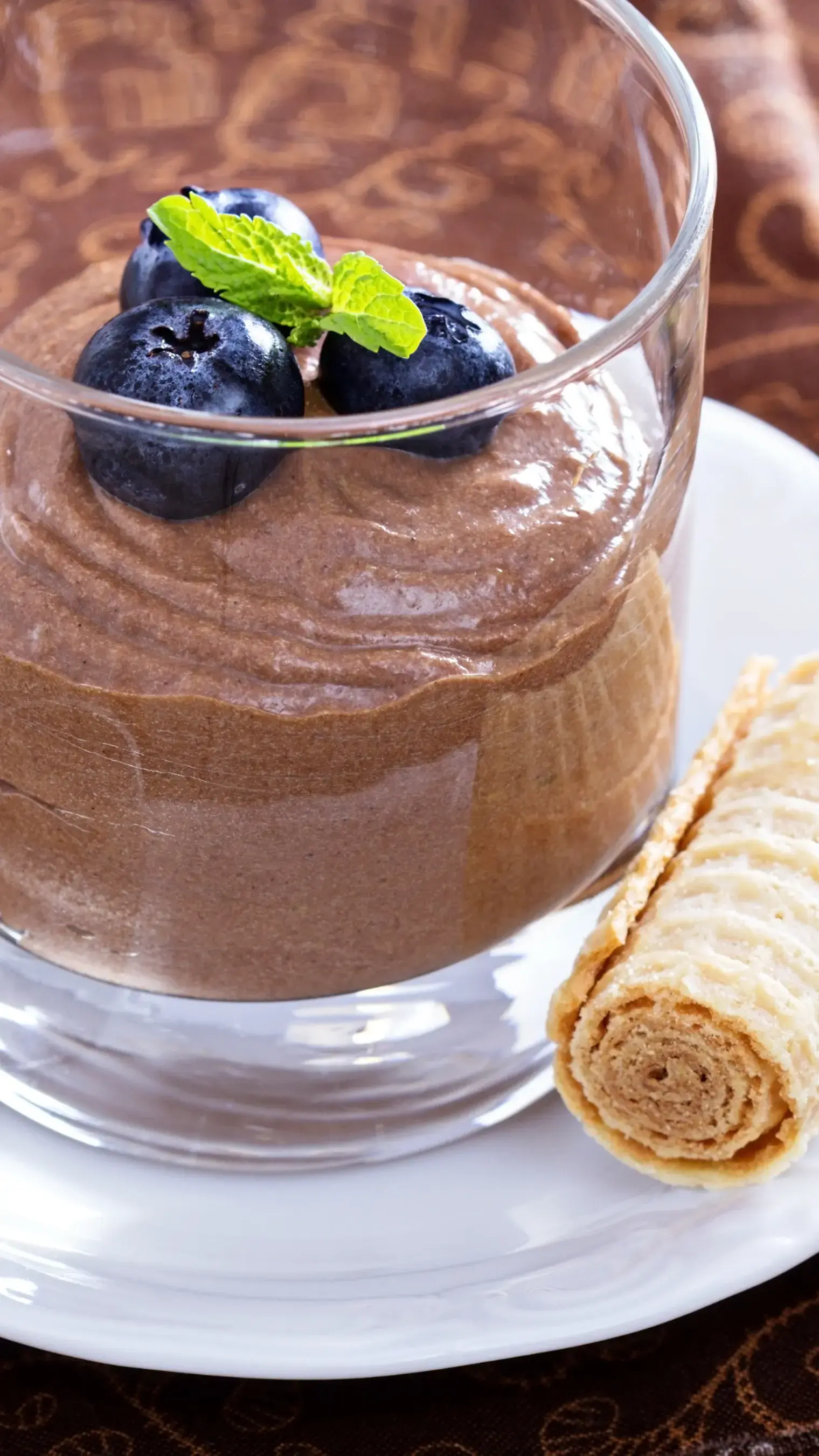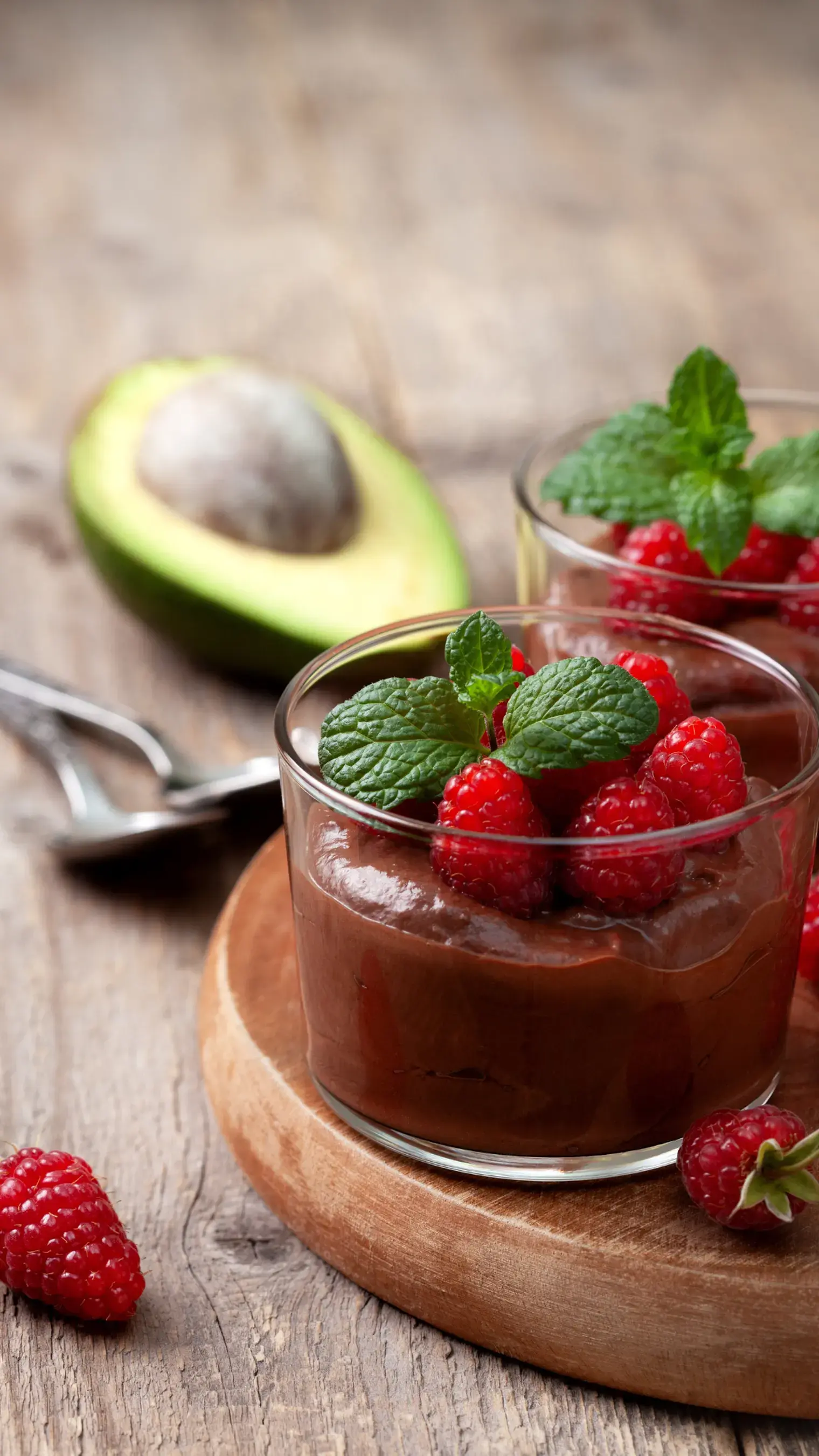Whether you’re making a walnut-stuffed fluffy cupcake with Choclairs or a vanilla cupcake, these tips ensure moist and fluffy cupcakes.

A perfectly baked cupcake is light, airy, and melt-in-your-mouth moist, and not dry, dense, or crumbly. But as simple as cupcakes may seem, achieving that ideal texture every time takes more than just following a recipe. Whether you’re making a walnut-stuffed fluffy cupcake with Choclairs or a simple chocolate or red velvet cupcake, it’s important to get that moistness in your creations. Whether you're a novice baker or a seasoned pro, understanding a few core principles can make all the difference. So here are five essential tips to help you consistently bake cupcakes that are both moist and fluffy, the kind that disappear in minutes at birthdays, bake sales, and family gatherings.
Room temperature ingredients
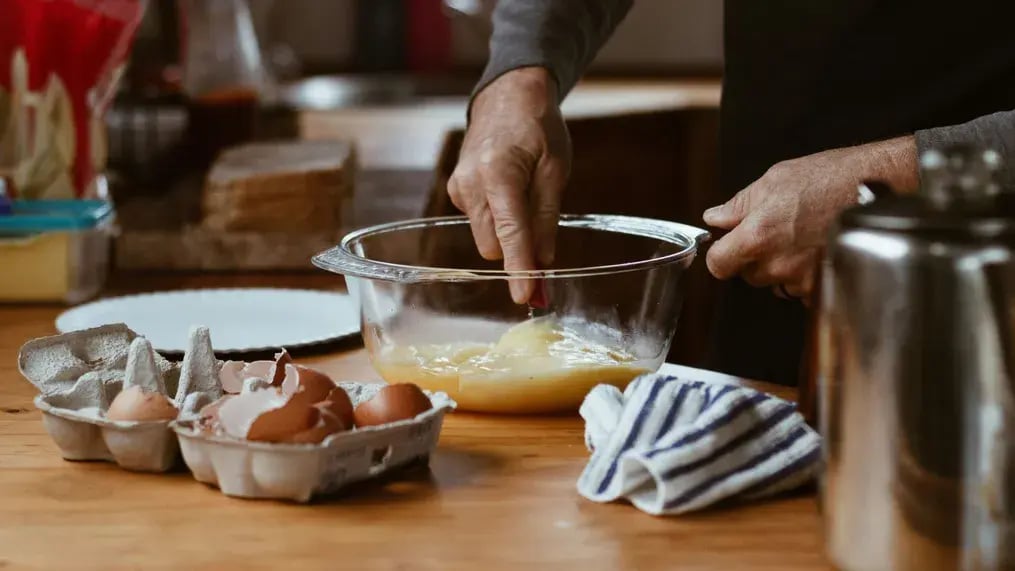
This tip may sound basic, but it’s crucial. Using room temperature ingredients, especially butter, eggs, and milk, allows them to combine more smoothly and evenly into your batter. Cold ingredients don’t mix in well, which can lead to curdled batters, uneven texture, and poor rise. Creaming butter and sugar creates air pockets that contribute to a fluffy crumb. If the butter is too cold, it won’t whip up properly. Similarly, cold eggs can cause the batter to seize or break, resulting in dense cupcakes. So leave the butter and eggs out about 20 minutes before baking. To speed up the process, place the eggs in a bowl of warm, but not hot, water for 10 minutes. And cut the butter into small pieces to soften faster.
Mixing the batter
It’s tempting to keep mixing for a smooth batter, but overmixing is a common cause of dry, tough cupcakes. Once the flour is added, mix only until the dry ingredients are just incorporated. Overworking the batter develops gluten, which is great for bread but disastrous for cakes. Overmixing removes the air you've added during creaming and results in a tighter, chewier crumb instead of a soft, airy one. So remember to use a low speed when adding flour. And stop mixing as soon as there are no visible streaks of flour. Also, fold in the final ingredients like chocolate chips or nuts by hand, and be gentle.
Use ingredients that add moisture
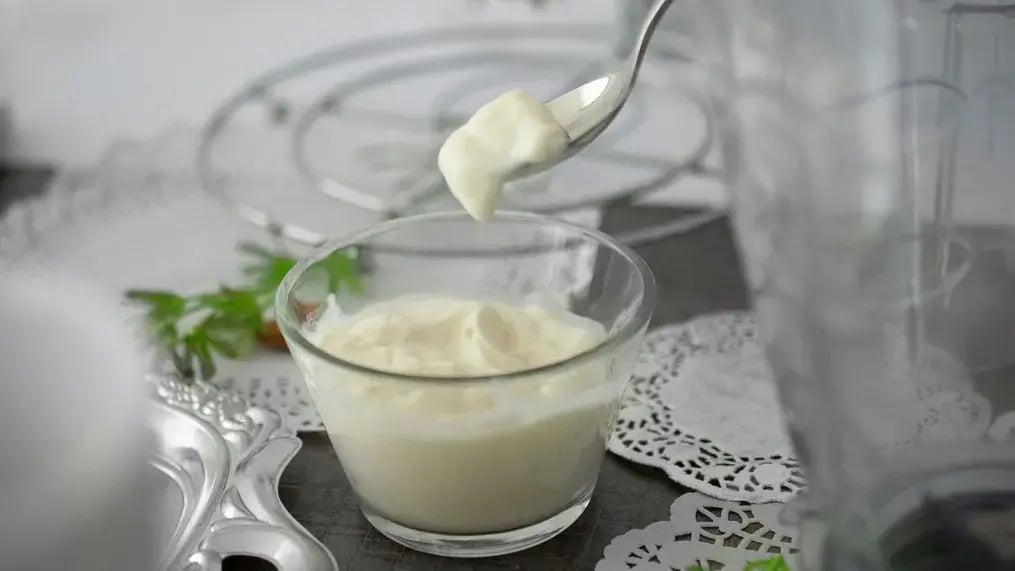
Moisture in cupcakes comes not just from liquids, but also from fat and sugar. Ingredients like yogurt, sour cream, buttermilk, and even fruit purees help retain moisture in the final bake. These ingredients improve the tenderness and moisture without thinning the batter. They also add subtle flavor depth and richness. Some easy substitutions include:
- Using buttermilk instead of regular milk for tang and moisture
- Adding ¼ cup of sour cream or thick yogurt to your batter
- For dairy-free options, try mashed banana or unsweetened applesauce
Whatever you use, just remember not to overdo it or the cupcakes might become too dense or wet to rise properly.
Measuring the ingredients
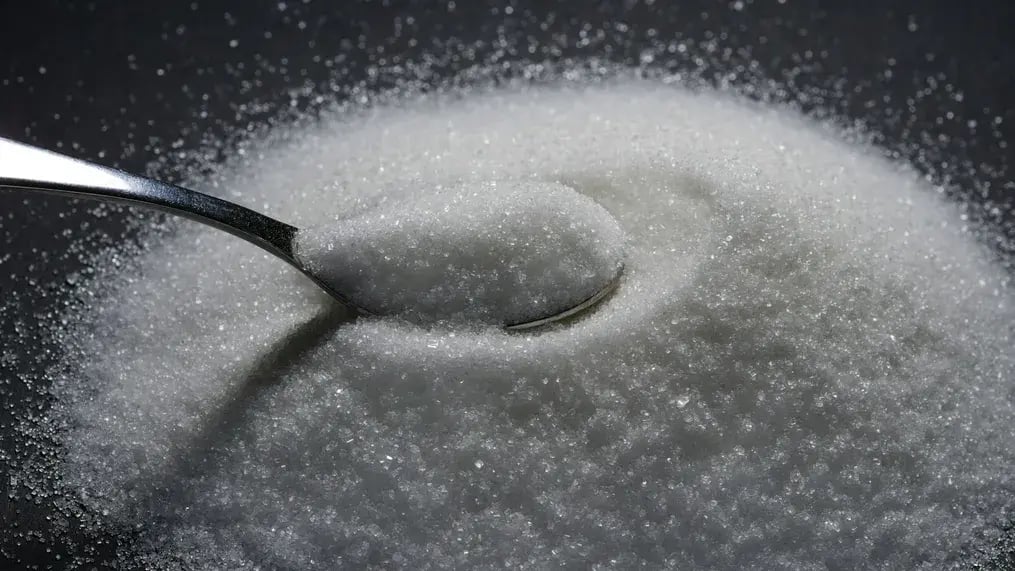
Baking is a science. Too much flour can dry out your cupcakes, while too little fat or sugar affects tenderness and structure. For consistent results, use proper measuring techniques, or even better, a kitchen scale if possible. Accurate measurements maintain the balance of moisture, fat, and leavening needed for light and tender cupcakes. For instance, spoon the flour into the measuring cup and level it off with a knife -- don’t scoop directly since that packs it down. For the wet ingredients, use a liquid measuring cup placed on a flat surface. Eggs and butter can be measured using a scale if possible to match recipe weights exactly.
The baking
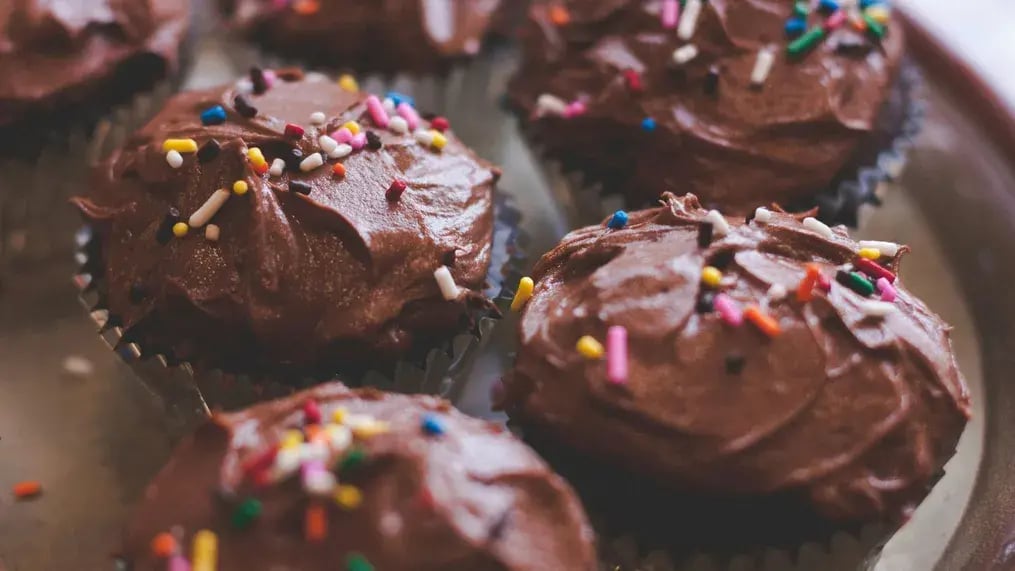
Even the perfect batter can be ruined by overbaking. Leaving cupcakes in the oven for too long dries them out and hardens the crumb. Every oven is different, so understanding yours is essential. Overbaking sucks the moisture out of the cake, leaving it dry even if the recipe is flawless. So remember to start checking early, at least a few minutes before the minimum suggested time. Using the toothpick test is essential -- insert a toothpick into the center, and if it comes out with a few moist crumbs and not wet batter, they’re done. Another test is to gently press the top. The cupcakes should spring back when touched.
Also, after baking, let your cupcakes cool in the pan for about 5 minutes, then transfer them to a wire rack. Leaving them in the pan too long can cause overcooking from residual heat, while moving them too soon can break their structure.
Like This Article?
More Like This
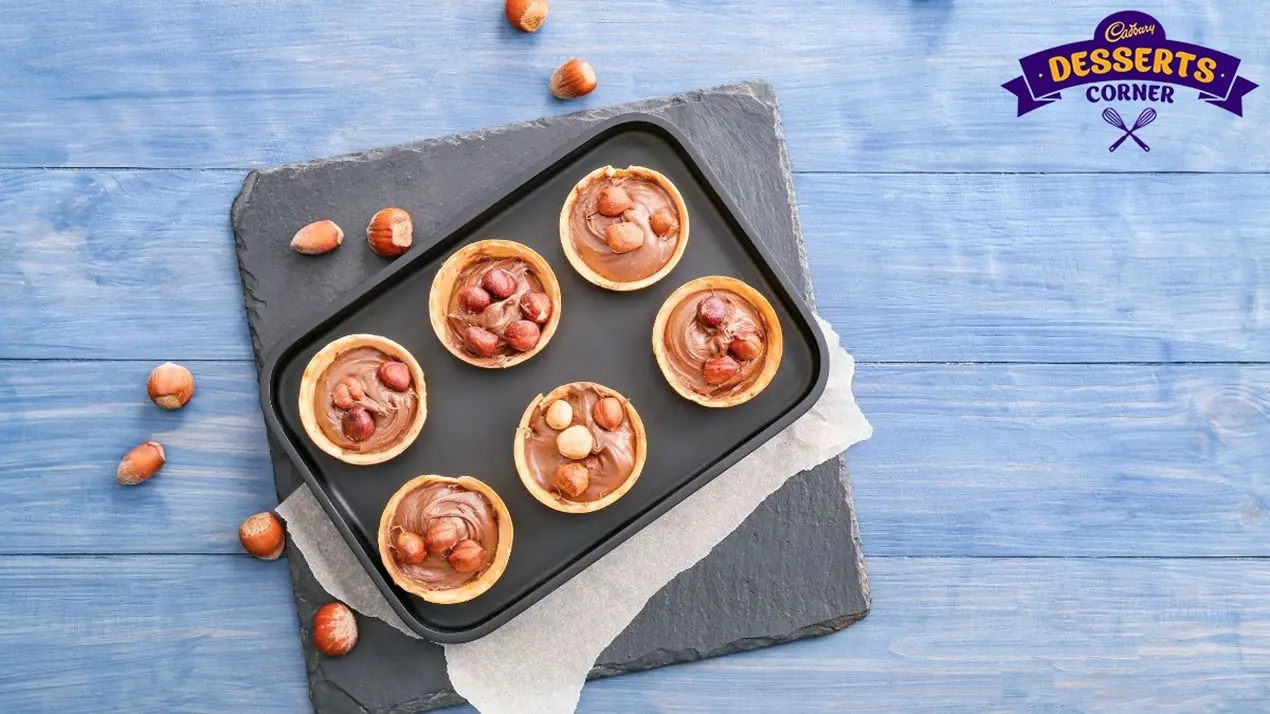
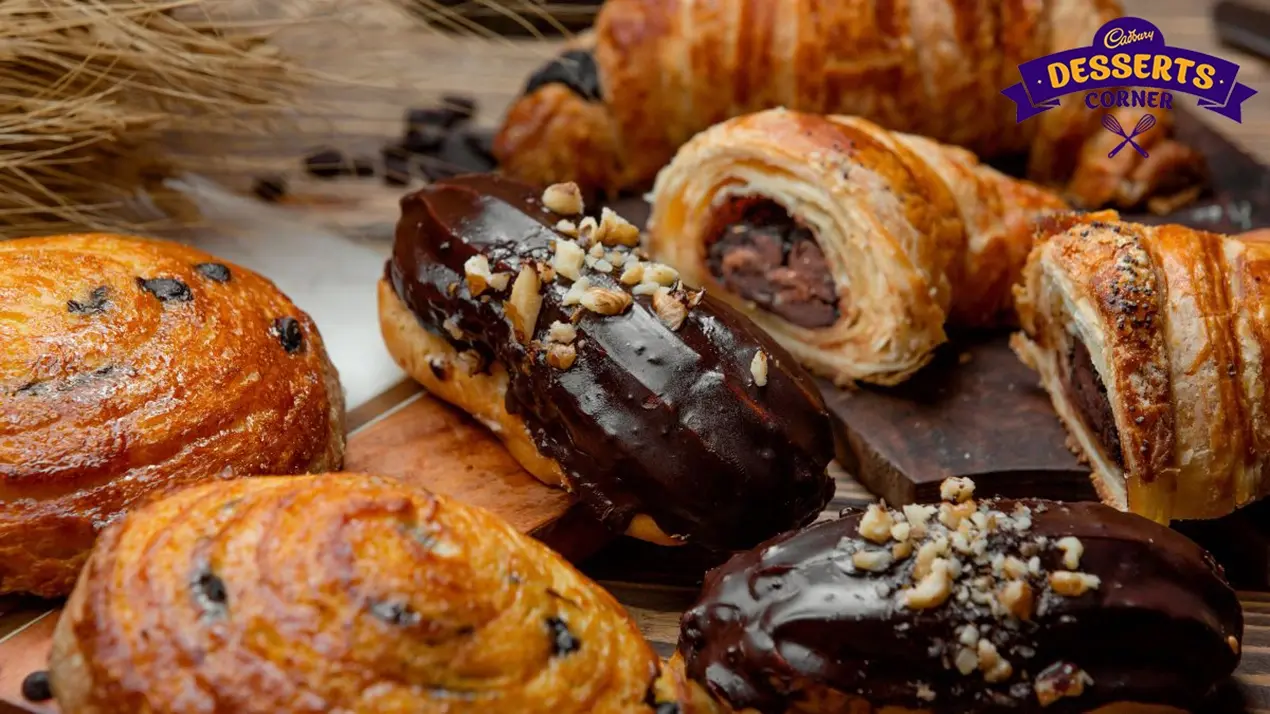


Popular Articles




Trending Web Stories
Curated Recipes


















